Training for Events & Challenges
Are you improving your fitness for a specific event or challenge? Check out our guides below for help on your journey, whether you're training for a marathon, toning up for a special occasion, or simply trying to beat your personal best.
Latest Post
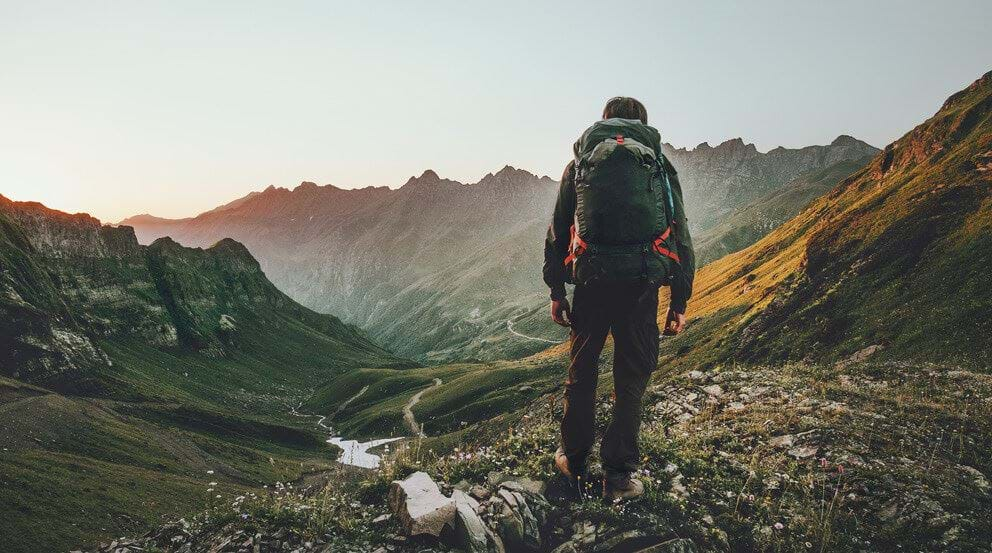
Hiking Workout Plan
Personal Trainer and Assistant Manager Phil Carpenter from PureGym Portsmouth North Harbour shares his expert advice for building the ideal hiking workout plan that prepares your body for the trail.
Read MoreTraining for events & challenges categories
Load more categories
Latest Posts
 Hiking Workout Plan
Hiking Workout Plan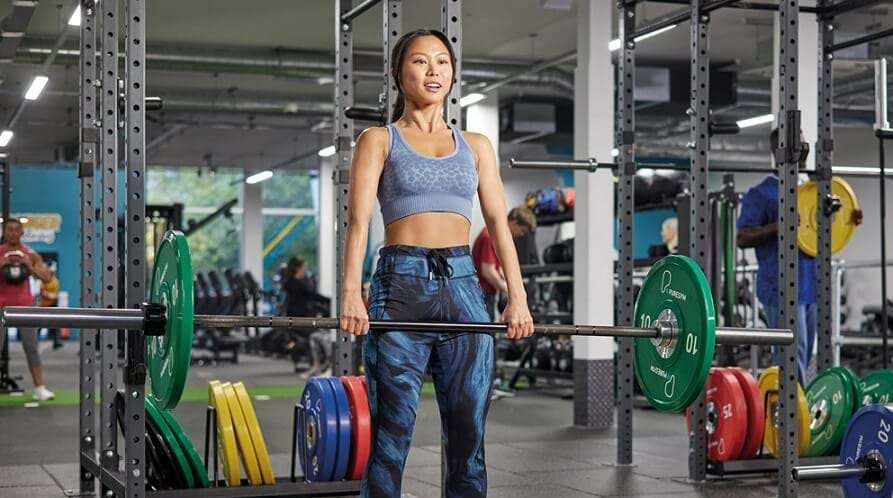 Combining Cycling and Weight Training for Peak Performance
Combining Cycling and Weight Training for Peak Performance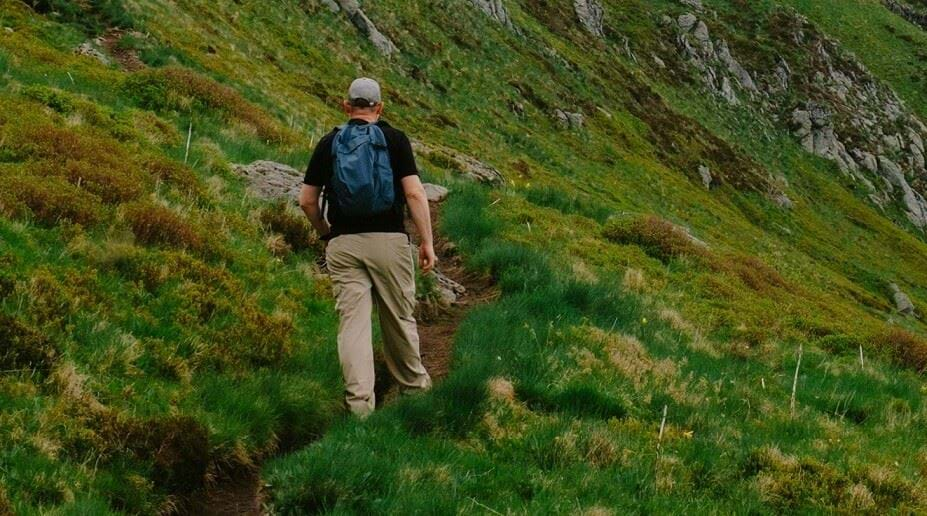 Long Distance Walking Training Plan
Long Distance Walking Training Plan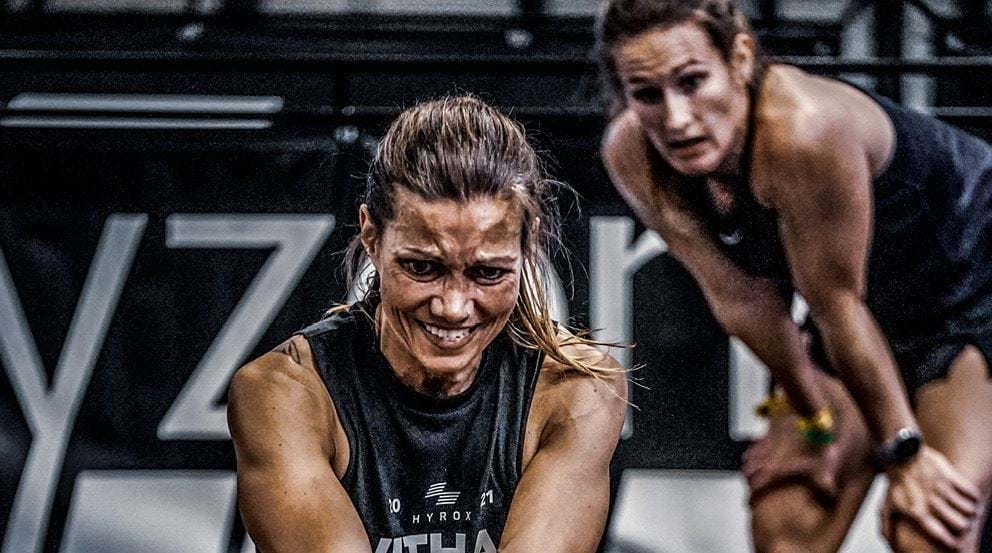 Hyrox Doubles: How Does It Work?
Hyrox Doubles: How Does It Work?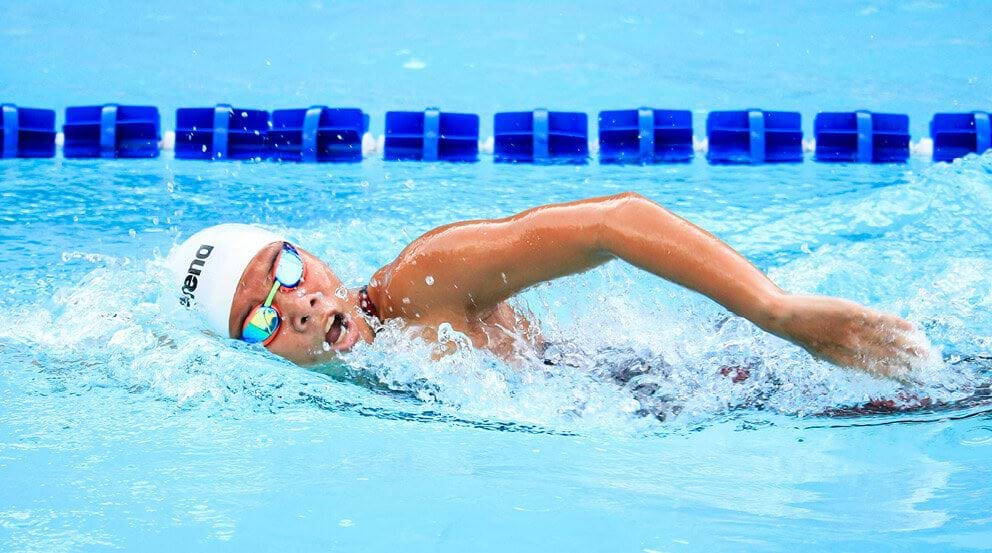 Best Strength and Conditioning Workout Plan for Swimmers
Best Strength and Conditioning Workout Plan for Swimmers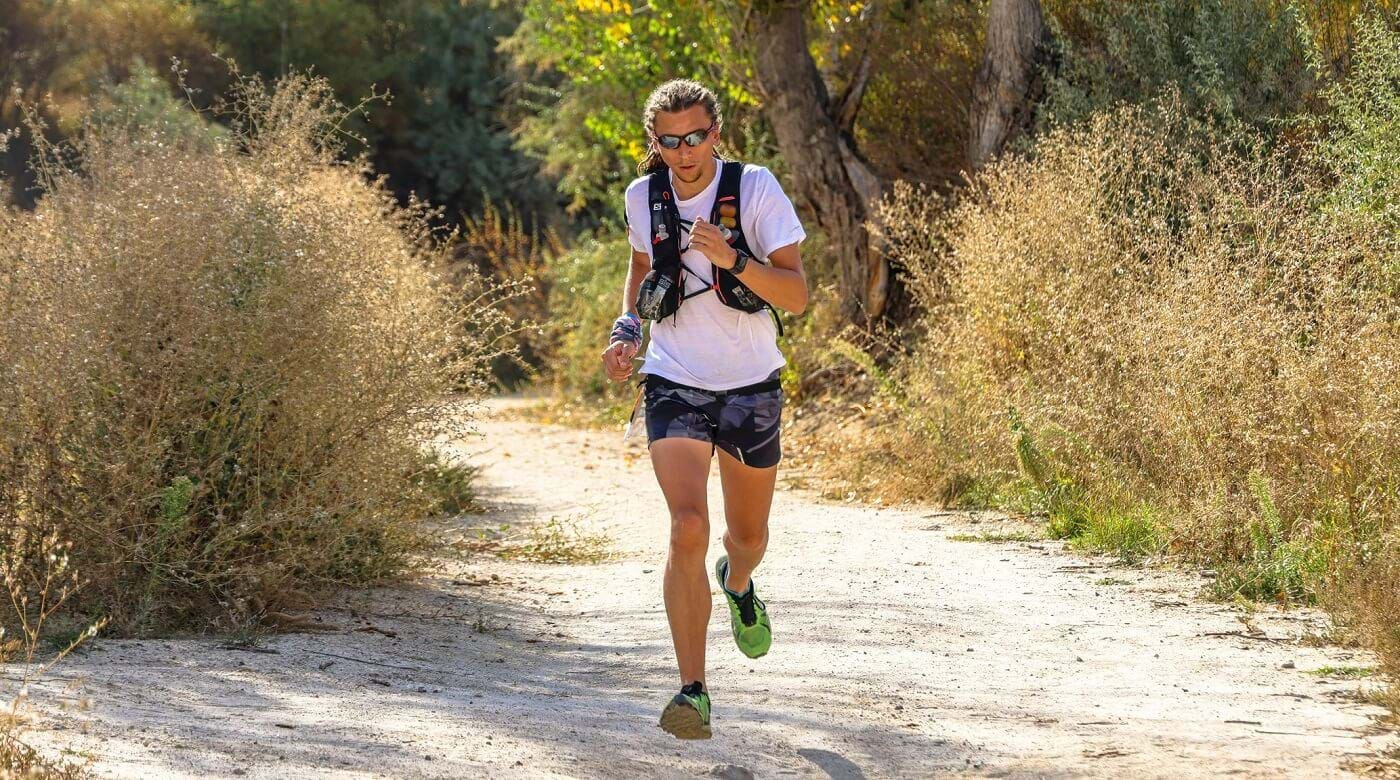 How To Train For Your First UltramarathonTraining your way to 10K
How To Train For Your First UltramarathonTraining your way to 10K Follow these tips for losing weight for your wedding
Follow these tips for losing weight for your wedding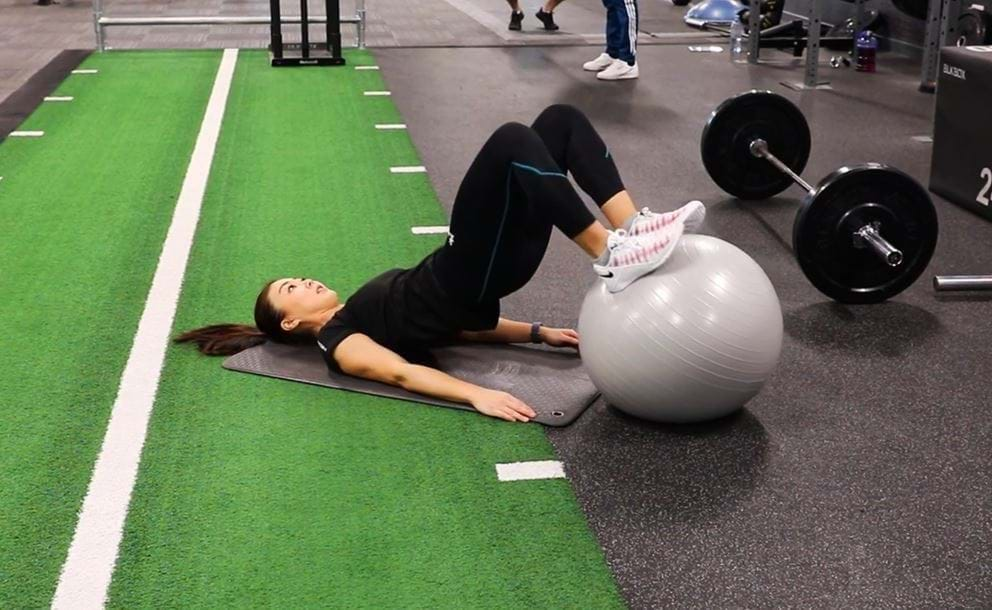 Strength Training For Runners
Strength Training For Runners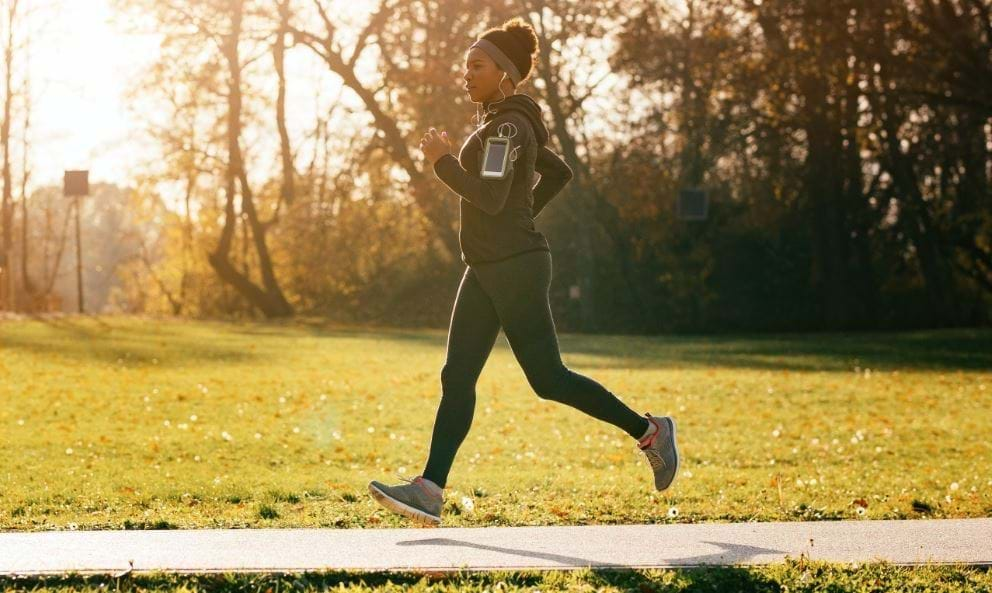 Marathon Training Guide For (Total) Beginners
Marathon Training Guide For (Total) Beginners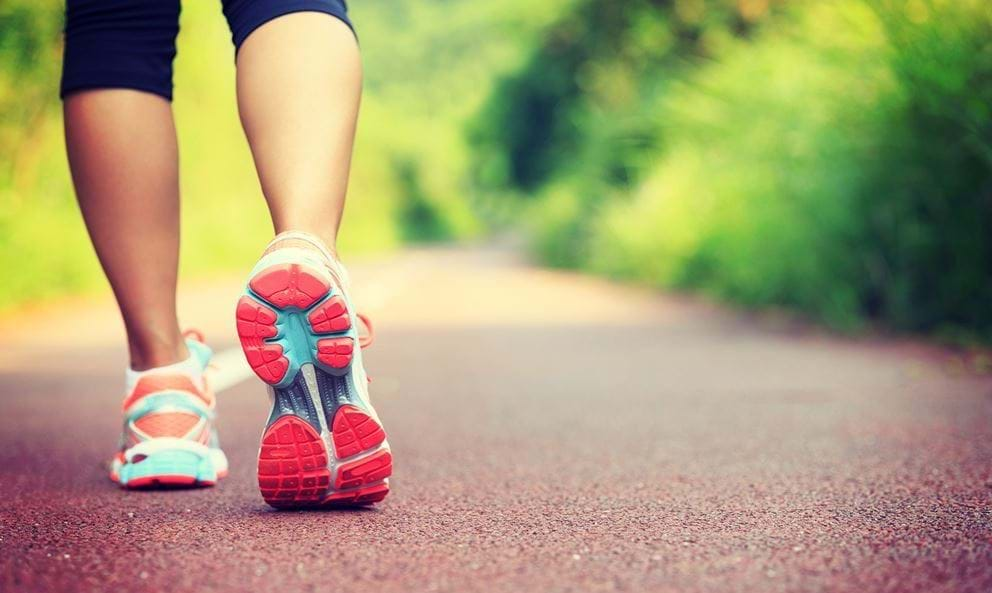 Marathon Ready: What are Running Gels and Will They Help?
Marathon Ready: What are Running Gels and Will They Help? 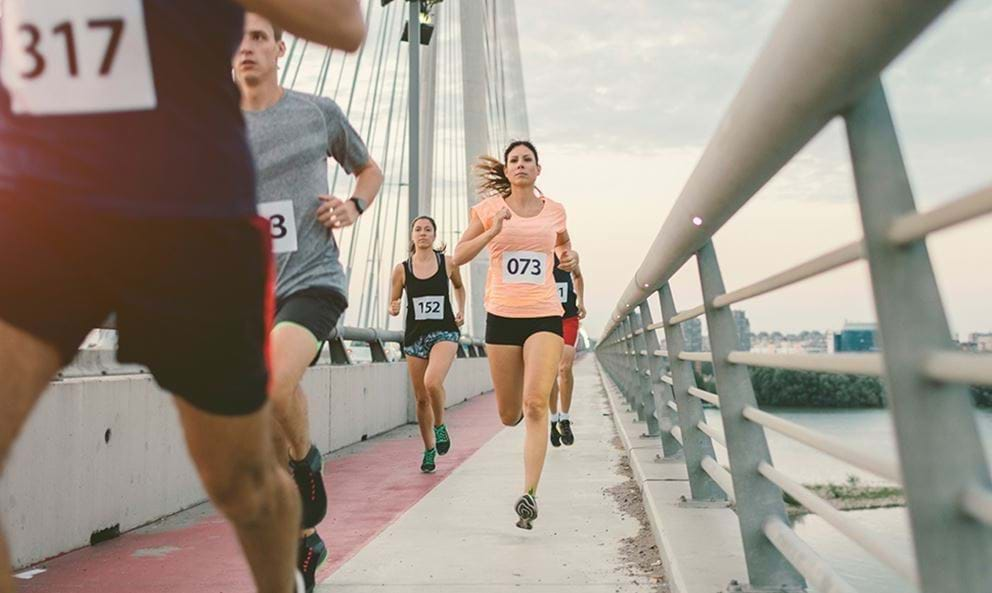 What To Eat Before And After A Long Run
What To Eat Before And After A Long Run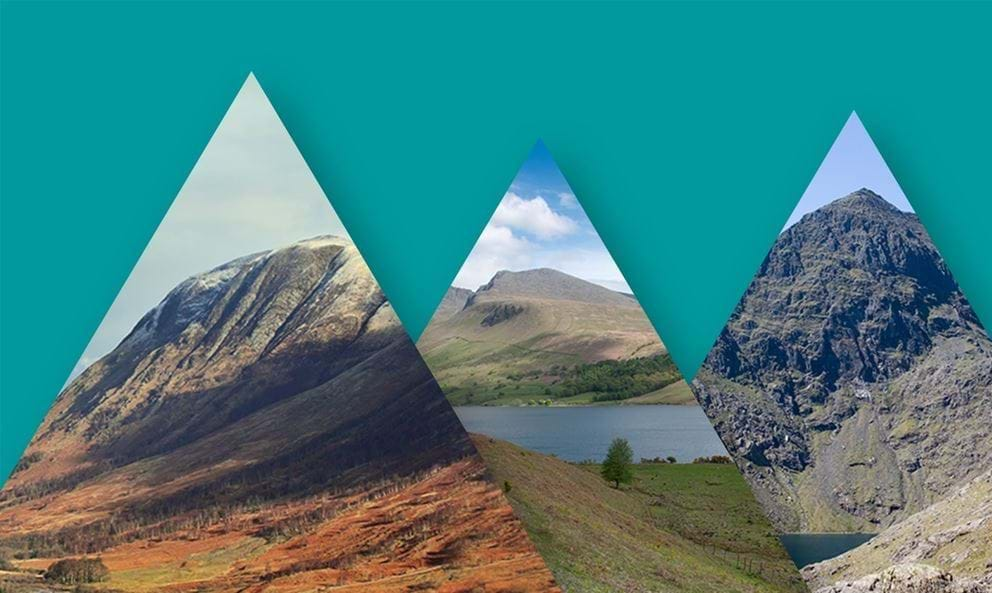 How to Train for the 3 Peaks Challenge in the Gym
How to Train for the 3 Peaks Challenge in the Gym 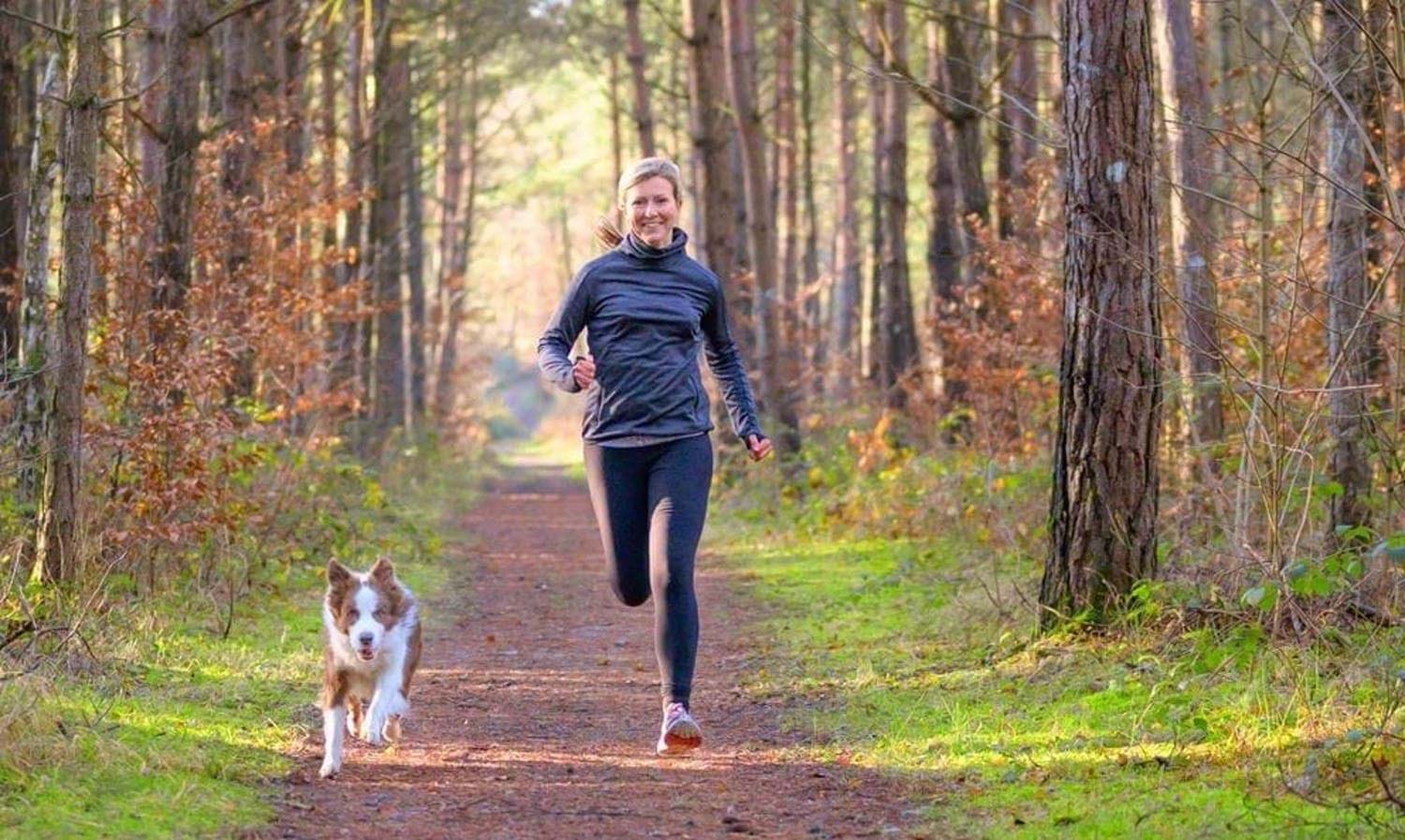 Your Half Marathon Training Plan
Your Half Marathon Training Plan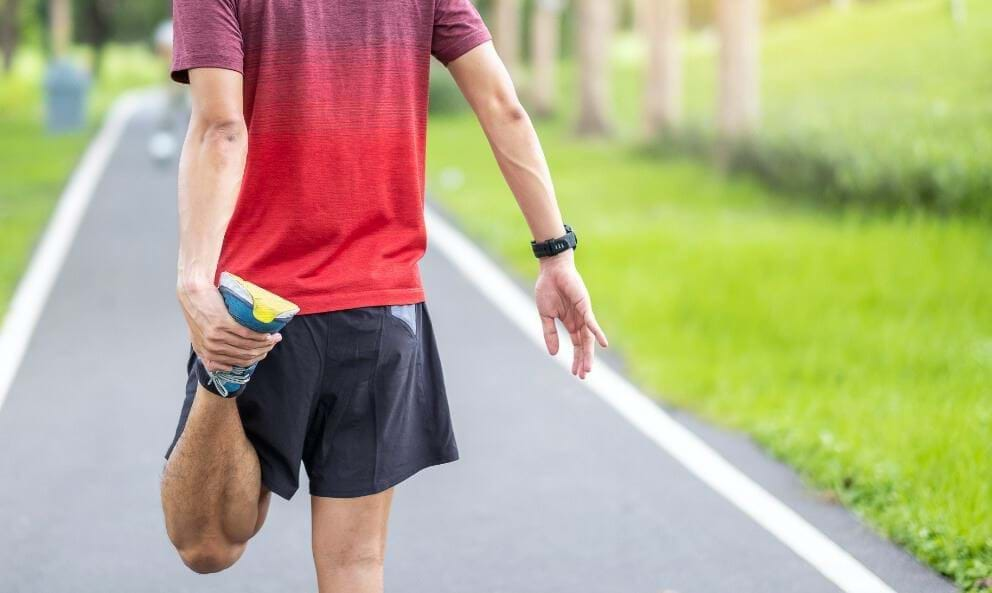 Your Full Marathon Training Plan - 16 & 20 Weeks
Your Full Marathon Training Plan - 16 & 20 Weeks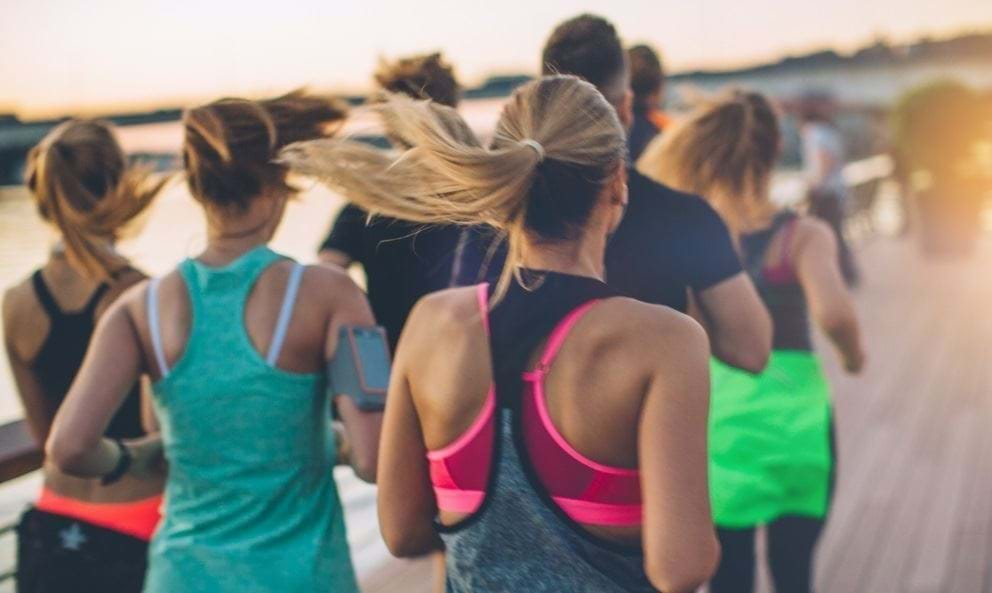 8 Essential Marathon Training tips
8 Essential Marathon Training tips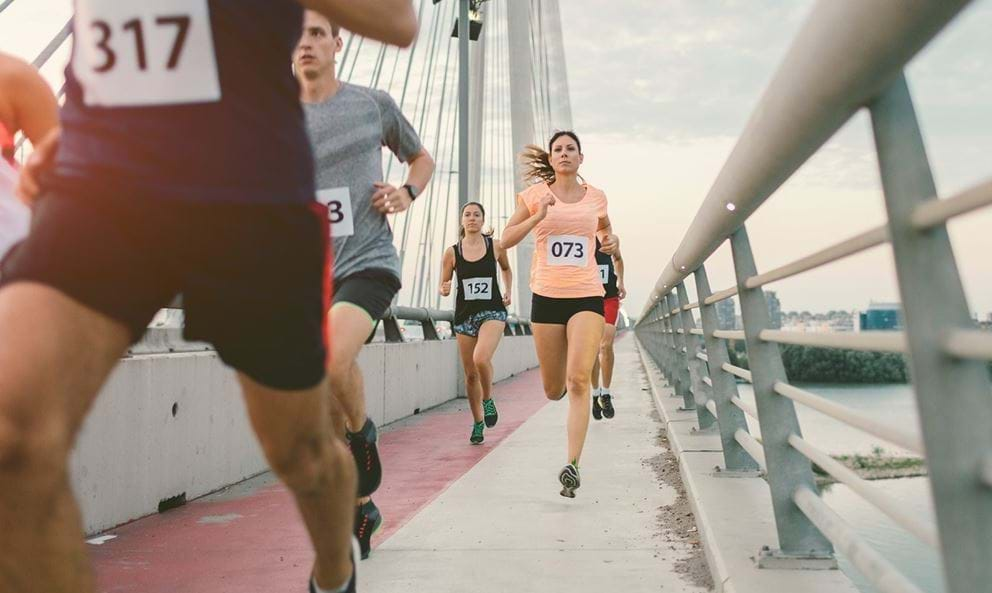 Beginners 5K Run Training Plan and Tips
Beginners 5K Run Training Plan and Tips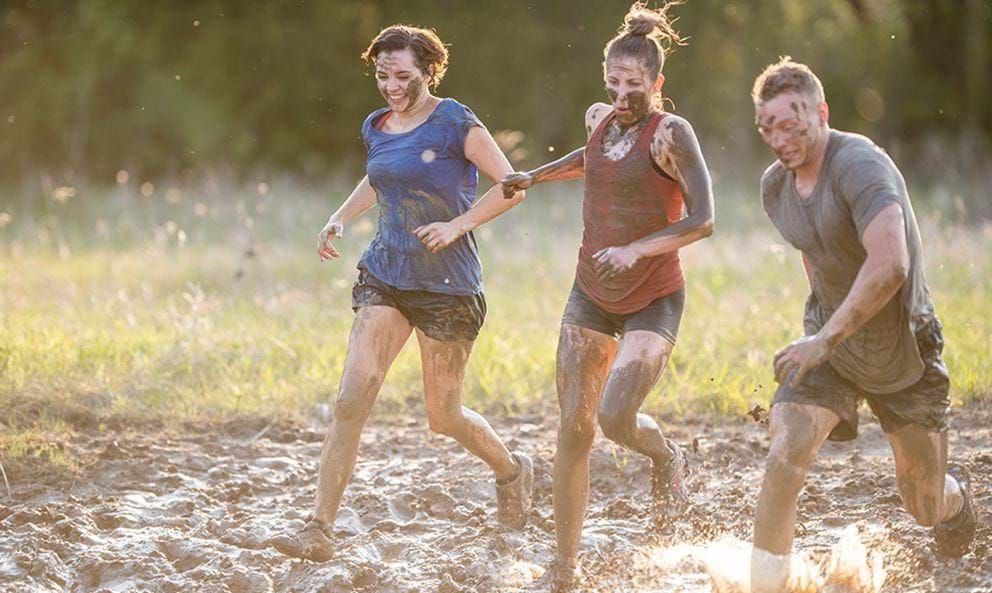 13 Gym Exercises for Tough Mudder Training
13 Gym Exercises for Tough Mudder Training 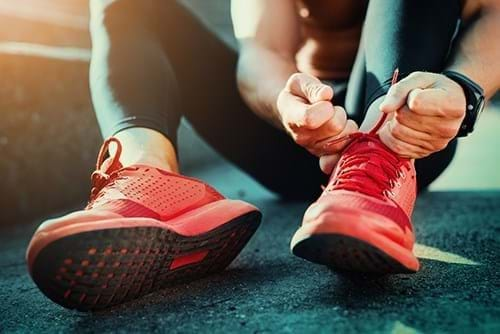 Marathons & Half Marathon Plans
Marathons & Half Marathon Plans 10k & 5k Training Plans
10k & 5k Training Plans